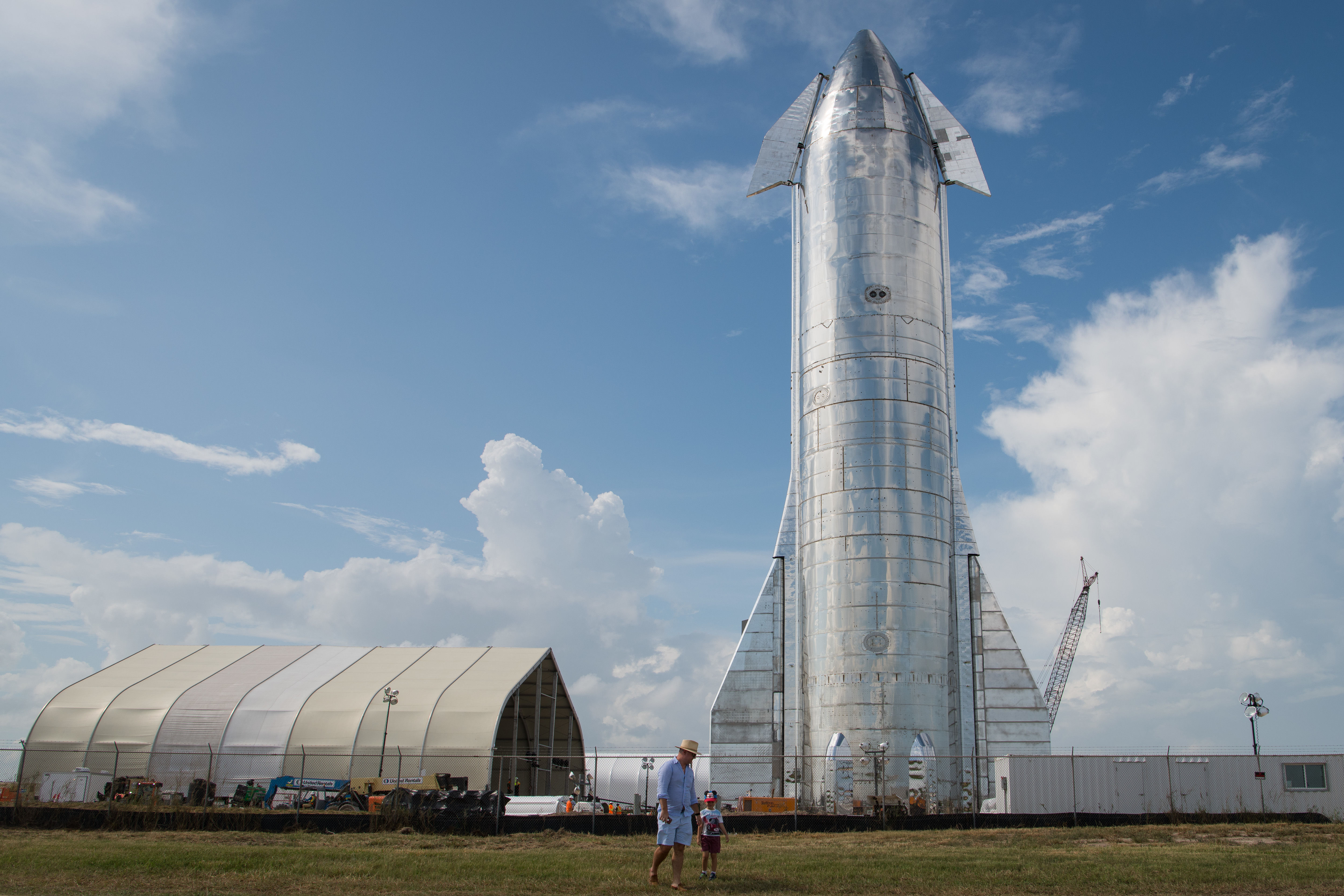Create a free profile to get unlimited access to exclusive videos, sweepstakes, and more!
SpaceX Starship Mk 1 blows its actual top during cryogenic testing

The fuel-bearing body of the SpaceX Starship Mk1 prototype rocket literally blew its top during a scheduled test today, and the dramatic video footage makes a compelling case for all the slow and abundant caution that goes along with developing innovative spacefaring vessels with aspirations of going to the moon, Mars, and beyond.
In cryogenic testing aimed at seeing what the Mk1 fuselage can handle under extreme space-like conditions, the structure, without its nose cone in place, underwent visible change as SpaceX engineers dialed up the pressure. The moment when the top blows out, though, is no less dramatic for having occurred during a scheduled test:
The aftermath of the blowout is still early, and details from SpaceX and government partner NASA are still light as engineers piece together how and why the Mk1 structure failed. On Twitter, SpaceX founder Elon Musk responded to one follower’s question about whether the occasion offers the company a well-timed window to move beyond the Mk1 prototype and on to the Mk2 and Mk3 iterations currently in early development.
“Absolutely, but to move to Mk3 design,” Musk responded, while reminding followers that events like the Mk1 explosion exemplify the need for testing in the first place. “This had some value as a manufacturing pathfinder, but flight design [presumably of the Mk3] is quite different.”
SpaceX only recently took the wraps off the gleaming, futuristic Starship Mk1 prototype to a generally enthusiastic reception, unveiling the vessel in September with ambitious hopes of putting the Mk1 into space within a six-month timeframe. How that schedule is affected by this week’s Mk1 failure under cold pressure testing — which can subject material to temperatures hundreds of degrees below zero — remains to be seen as SpaceX examines and reports on its findings.


























